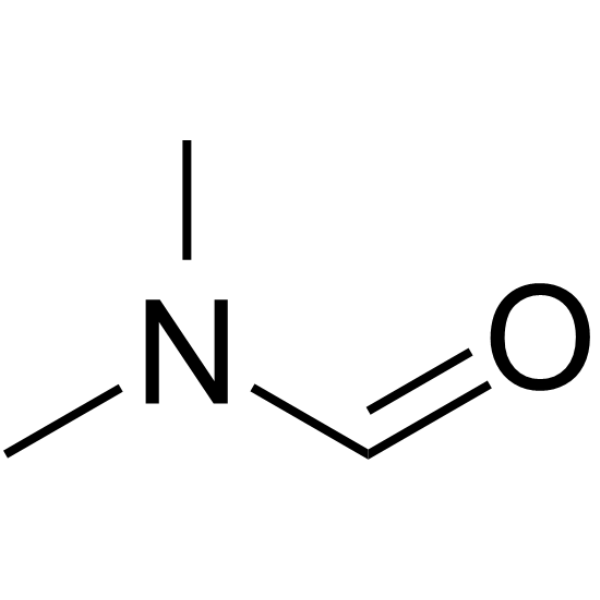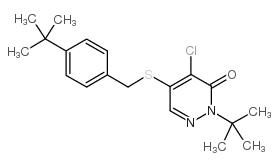| Structure | Name/CAS No. | Articles |
|---|---|---|
 |
Ethidium bromide
CAS:1239-45-8 |
|
 |
N,N-Dimethylformamide
CAS:68-12-2 |
|
 |
L-(+)-Lysine monohydrochloride
CAS:657-27-2 |
|
 |
3-(Trimethoxysilyl)-1-propanamine
CAS:13822-56-5 |
|
 |
Pyridaben
CAS:96489-71-3 |